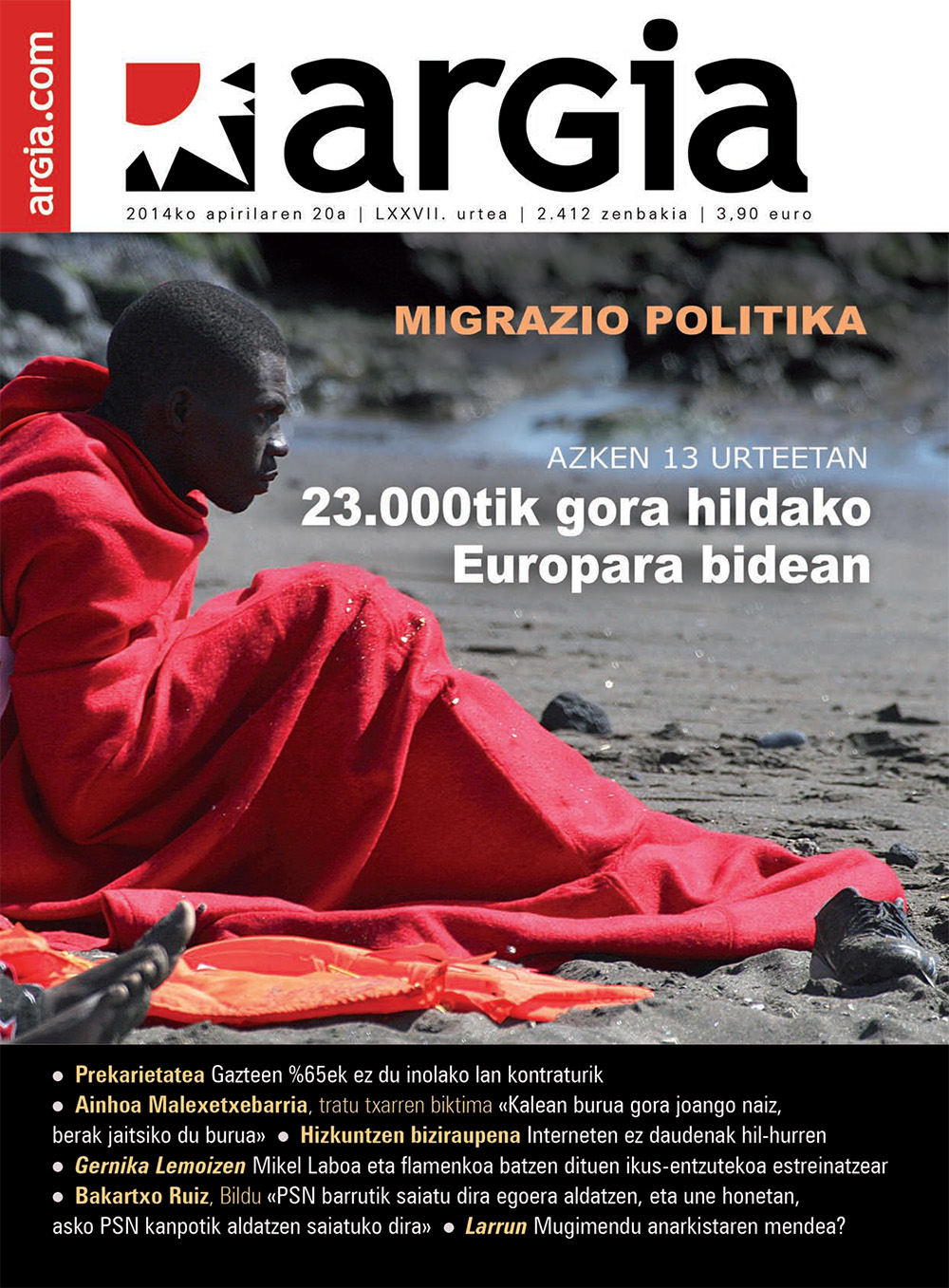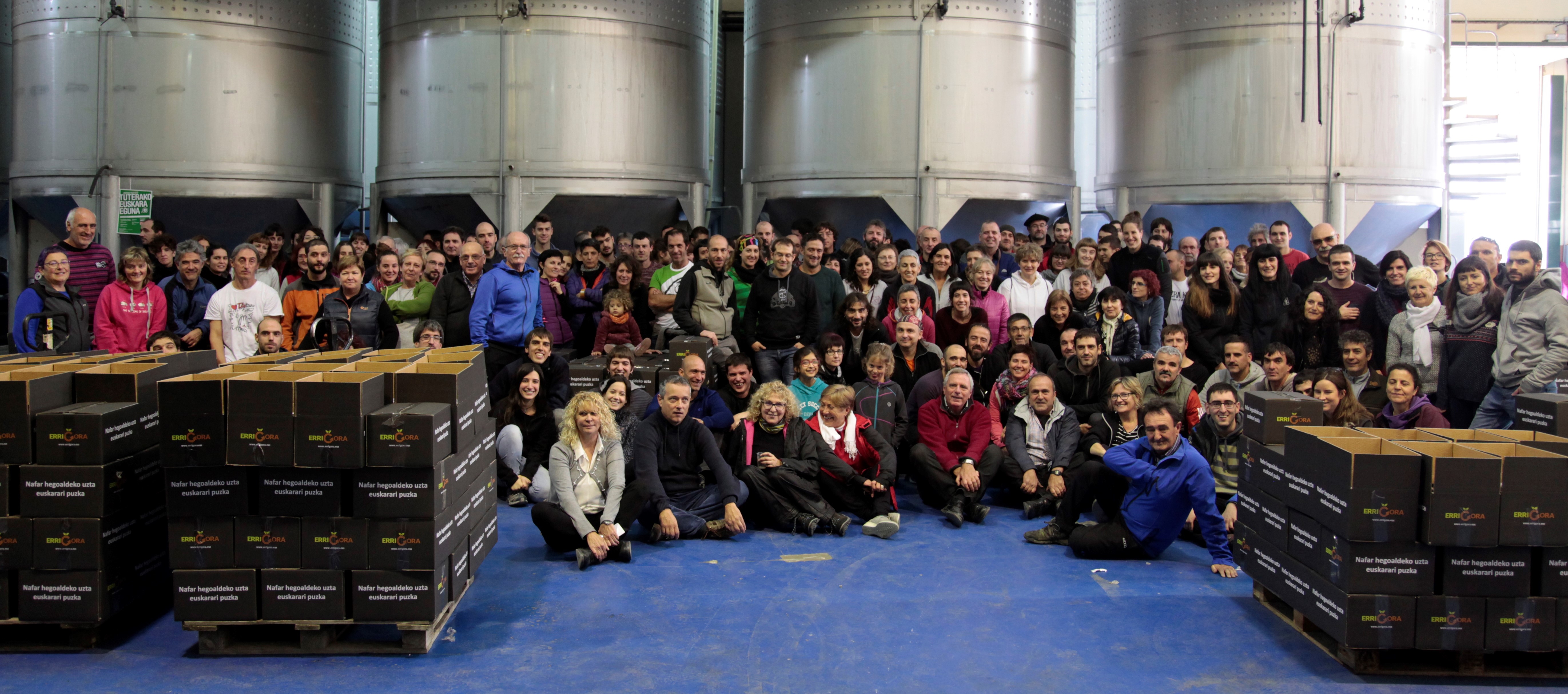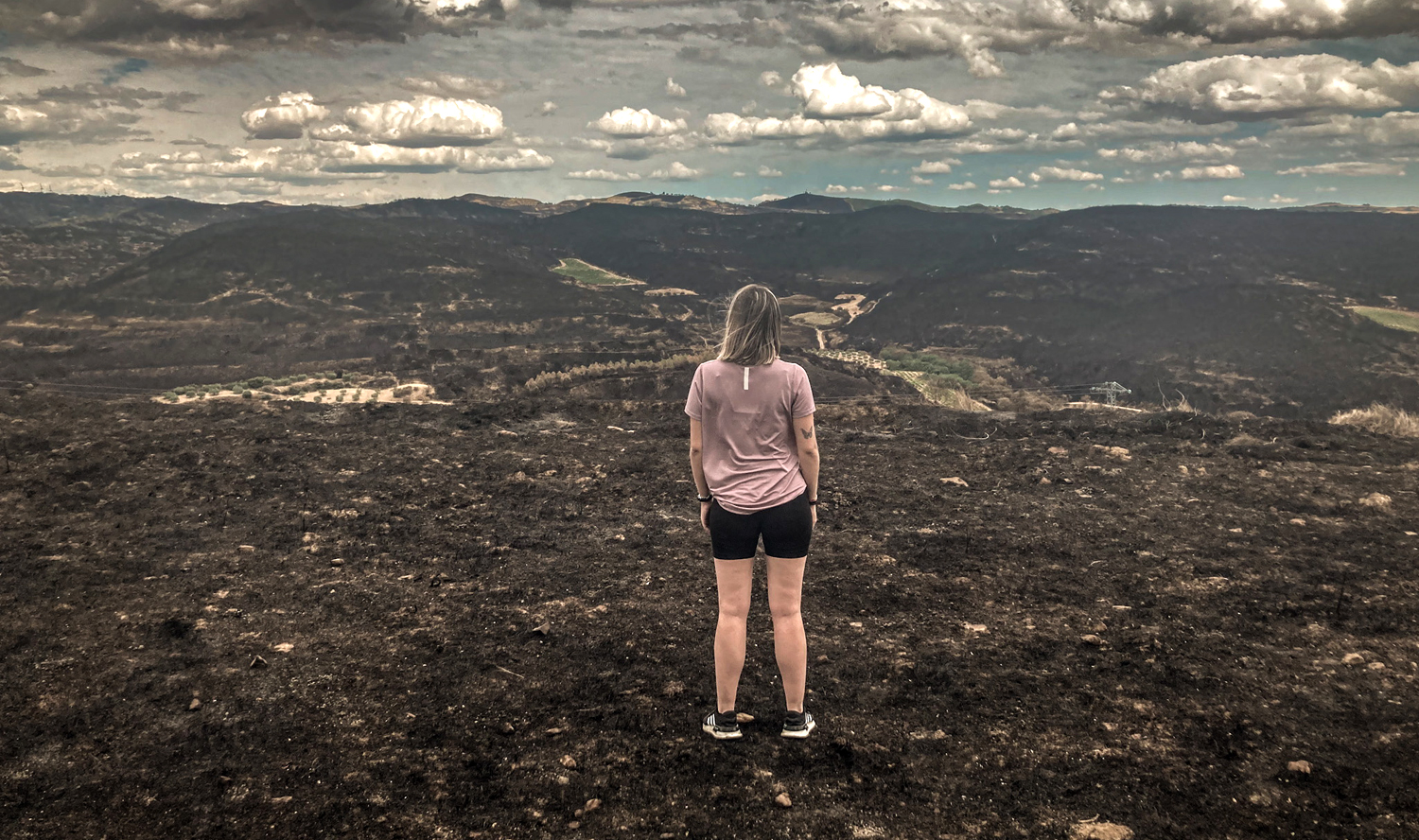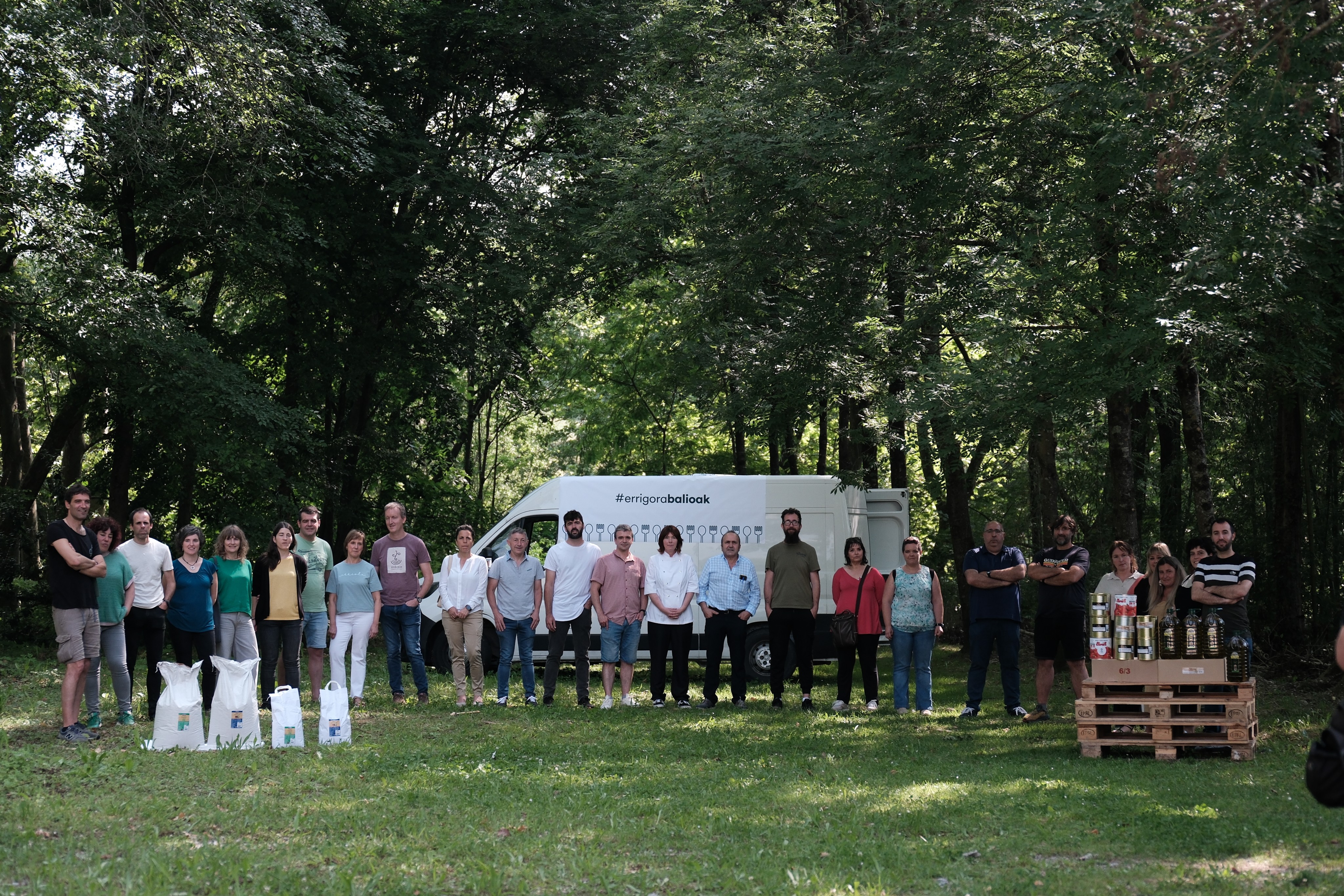Kimuch, a collaborative flowery outbreak
- The Kimuch Cultural Association, without being the initial objective, is an example of an interesting project that has become an auzolan project. Two mothers started in a family environment and in the creative process the participants and professionalism were incorporated. The result: a material that gathers children's stories, verses, songs, puppets, Basque mythology and a long and so on.
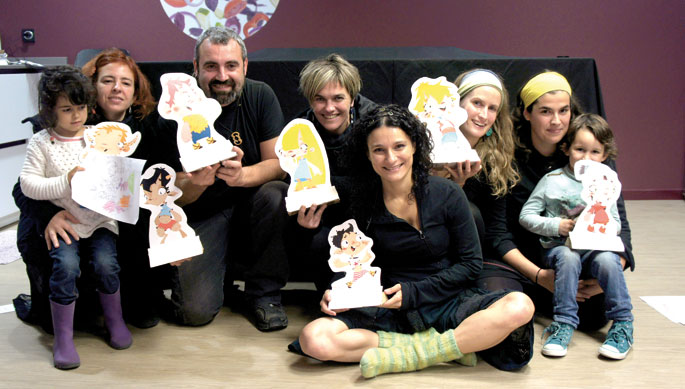
“The creation of the project began with a concern: we wanted to translate our sensitivity into the education of our children,” says Nora Barroso, one of the founders of Kimutxe. With his voices and tools, Jurdana Otxoa and he wanted to do something that stayed at home, creating what they would like to offer their children, enriching with what they already knew about the projects.
To start creating the music and lyrics of the songs, they talked to people nearby and expert on the subject: Next to Mikel Ugarte, by Oreka tx, the bertsolari Odei Barroso or the musician Arkaitz Miner. “In the early contacts we already learned that the project allowed us to create a lot of nice things. So, little by little we started creating stories, and more people got into the project.” Among other things, to make the lyrics of a song for sleep, they went to Urepel to see bertsolari Xalbador II.
When they began to spread beyond the familiar ones, they contacted illustrator Eider Eibar, who joined the project. Nahia Alkorta, in charge of performing the stories, wanted to unite the Basque mythology in the project and chose eight mythological creatures represented by Eibar: the Duende (Kimutsch), the Witch (Nora), the Lamia (Jurdana), the Gentile (Laiene), Martin Txiki, Aker, Tartalo and Mari or Amalur. “The first seven are childlike, they are students and go to the cave of Kataxulo de Oiartzun to meet with Amalur. There, for a week, Amalur will ask them to explain the story of each creature and the children, accompanied by their songs, will begin to explain its origin,” Barroso explained. History also puts on the table a way of understanding education: it introduces children into the learning process, gives them the word and teachers have to learn to listen.
A group enriched with musicians, lawyers, bertsolaris, writers, managers, technicians, cartoonists and designers has worked in exchange for kisses for four years and by the end of 2012 all the material had been finished: ten bertsos in eleven songs (one verse was given two melodies), seven stories, character drawings and a beautiful forest of more than 40 people from all over the Basque Country. “Every person who is part of Kimutxe has placed his will, sensitivity and passion in the project, which has meant the creation of an auzolan family.”
All available material
“We decided to put the work done in an accessible format, as a gift to us. With the money in our pocket we pulled out 500 copies,” explains Barroso. Each copy is available at EUR 18, with the aim of recovering the money invested and hitting the project. The edited material can be obtained through the website of the project and in several bookstores, in Errenteria (Mirentxu bookstore), Durango (hitz), Zarautz (Garoa), Beasain (TTiklik Elkargunea) and Tudela (El cole). Faced with the success of the applications, they have been forced to make a second spin.
Each issue includes all the work done: stories in paper format, cutbacks to paint and make puppets, the CD of songs and the didactic CD. In the latter, they have received the story in PDF format, the sheet music and chords of songs, lyrics and songs without voice to act as karaoke. In order to sell the books, they have had to create the Cultural Association. They have done so under the Creative Commons license, because so anyone can take material and do something new, as long as they refer to the Kimutsch association, as the goal is to leave the people the work done in the village. The material is also available free of charge on the web: www.kimutx.eu.
Enjoy the children's audience, the aim of the actions
They have been called from different places to present their project. The performances are aimed especially at the smallest of the house, the closest ones and everyone who wants to enjoy the world of children in general. In these performances one can get to know the magical world built in the Kimutsch project: Features of the mythological characters of Euskal Herria, live music, magic of the images, storytellers... Children also sing. So far, the reception has been good, and the next performance will be at the EHZ festival, on June 29.
What is the success of the Kimutsch Cultural Association? On the one hand, it has been a project that, without ambition, has been set with the passage of time, “which has started in a house atmosphere and has ended in a village atmosphere”, explained Barroso. On the other hand, behind is the fieldwork that experts and/or amateurs from different areas have worked with passion and sensitivity. It is also a project that proposes respect for children, their enjoyment and a different education: the material allows children to enjoy themselves and in the company of adults, enhancing their imagination and enhancing creation. But, above all, Kimutxe wants to passionately convey the richness of Basque culture through mythology, language, music, bertsos and dance.









